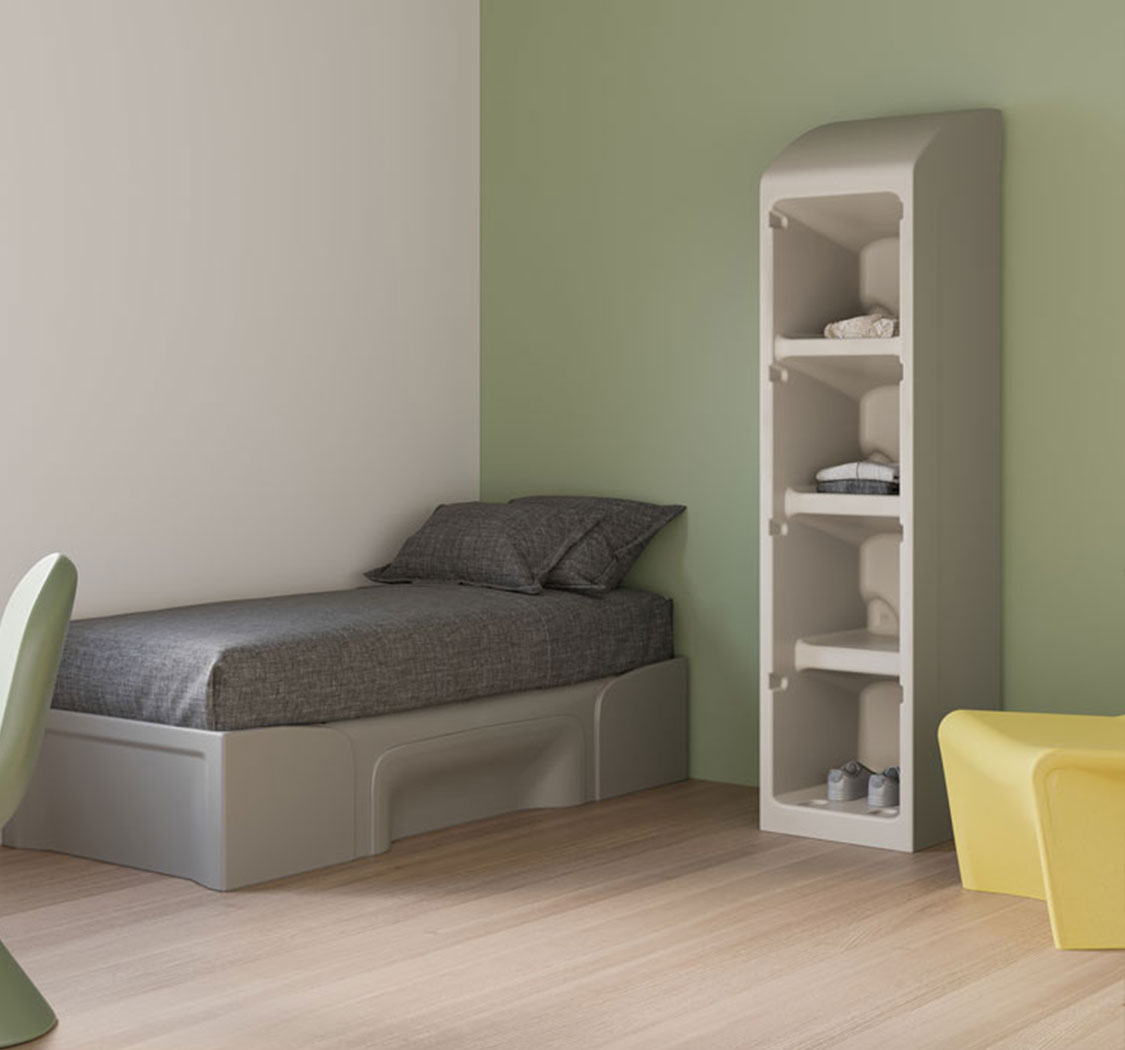We have established carbon emission reduction targets to achieve by 2030. We are commited to being net zero by 2050.
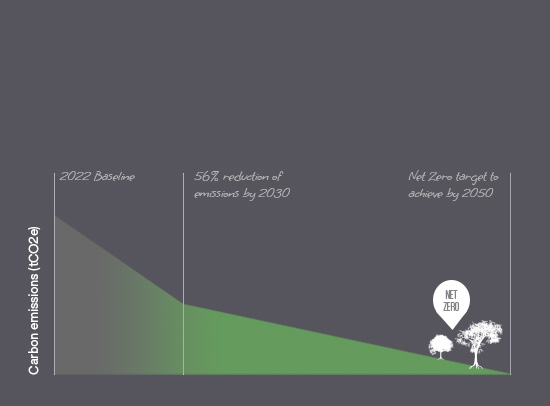
We have calculated our carbon emissions to tackle climate change.
Having a data-driven approach helps us understand our environmental impact and to direct carbon reduction efforts effectively. Through calculating our carbon footprint across scopes 1, 2, and 3 in accordance with the GHG Protocol, we can pinpoint our primary areas of impact.
We have set ambitious short-term targets to achieve a 56% reduction of total carbon emissions by 2030 and a net zero target by 2050.
| Environmental KPI's | 2026 Target | 2030 Target |
|---|---|---|
| Reduction of GHG Emissions attributed to the business | -29% | -57% |
| Reduction of Scope 1 GHG Emissions | -18% | -35% |
| Reduction of Scope 2 GHG Emissions | -25% | -50% |
| Reduction of Scope 3 GHG Emissions | -28% | -56% |
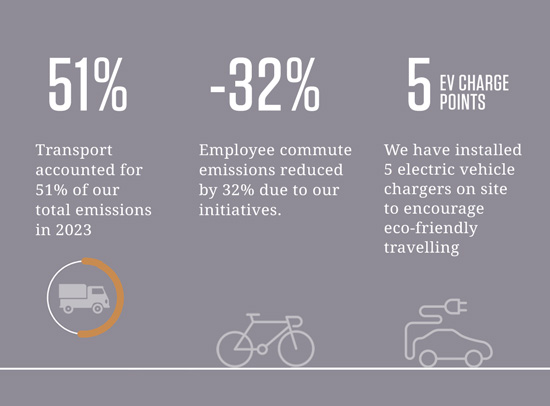
We monitor our electricity usage and emissions to understand our environmental impact. Our targets are aimed at reducing grid dependency and enhancing reliance on renewable energy sources. We are dedicated to reducing energy consumption emissions in the following ways:
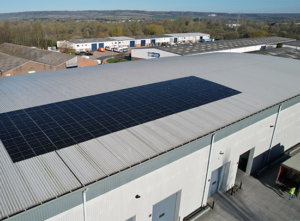
Increasing our renewable energy consumption is crucial for mitigating climate change, which is why we have installed solar panels onsite to provide around 21% of our energy usage.
We have seen many benefits from installing solar panels such as:
| Environmental KPI's | 2026 Target | 2030 Target |
|---|---|---|
| We will reduce emissions associated with Scope 2 GHG emissions | -25% | -50% |
| Reduction of consumption of energy used by the grid | -10% | -20% |
| We will increase use of renewable energy for the office | +13% | +25% |
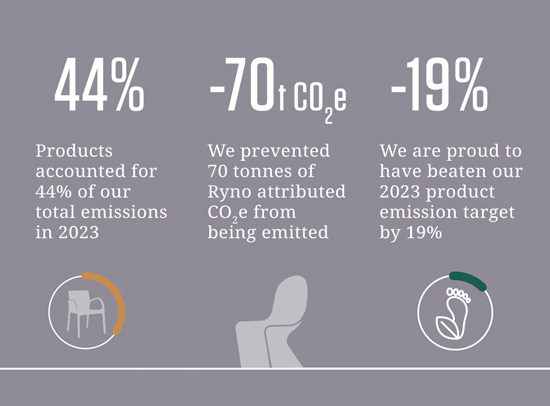
We’ve calculated the embodied carbon in all our products and in 2023, product emissions accounted for 44% of our total emissions. We’re dedicated to reducing our product carbon impact.
To drive this innovation, we have set ambitious targets to achieve for near-term (2026) and short-term (2030).
We have introduced environmental declarations for each of our products, detailing the carbon footprint and materials used in each product.
learn more about product sustainability here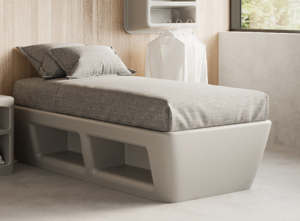
Plastic offers practical benefits in healthcare environments due to its inherent water-resistance and infection control properties. It does however carry a high environmental burden. By reducing the amount of plastic used in our Ryno beds, we have reduced the carbon footprint by 118 kg CO2.
Explore our Ryno® range| Environmental KPI's | 2026 Target | 2030 Target |
|---|---|---|
| Overall reduction of product carbon emissions | -35% | -70% |
| Increase recycled content in our products | +25% | +25% |
| Reduce the amount of virgin materials in our products | -25% | -50% |

Transport is a significant contributor to our GHG emissions, making up 51% of our total emissions. We recognize the importance of adopting eco-friendly practices as a commitment to reducing these emissions.
Our actions to reduction:
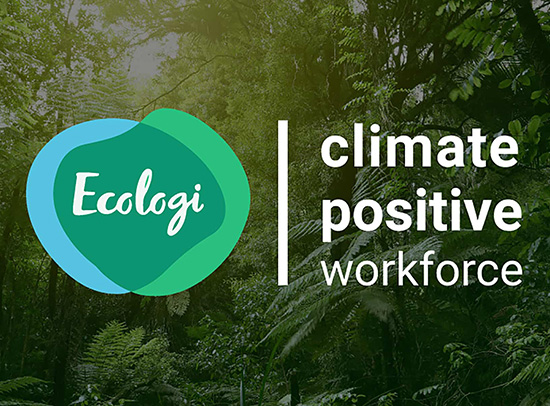
While we minimize the carbon emissions associated with the transportation of our products through efficient planning, some emissions are unavoidable. In order to mitigate their impact, we have teamed up with Ecologi who help us to fund climate positive projects.
A range of exciting projects are available such as supporting renewable energy, funding habitat restoration and improving lives of local people and biodiversity.
| Environmental KPI's | 2026 Target | 2030 Target |
|---|---|---|
| Reduction of scope 3 Transport GHG Emissions | -10% | -20% |
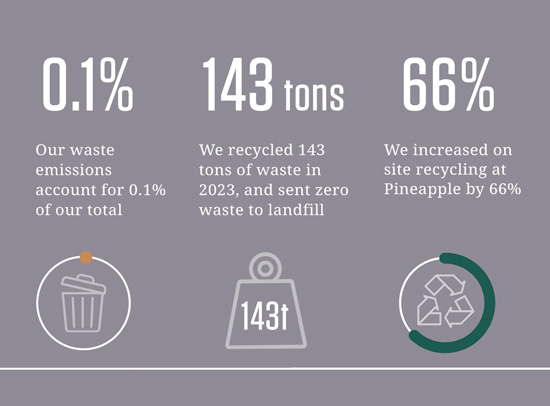
We are committed to ensuring best practices for waste management and disposal, in line with all relevant legislative and regulatory requirements. This year, we have made great progress with increasing recycling on site and have a strict zero waste to landfill policy.
Contact us to arrange a collection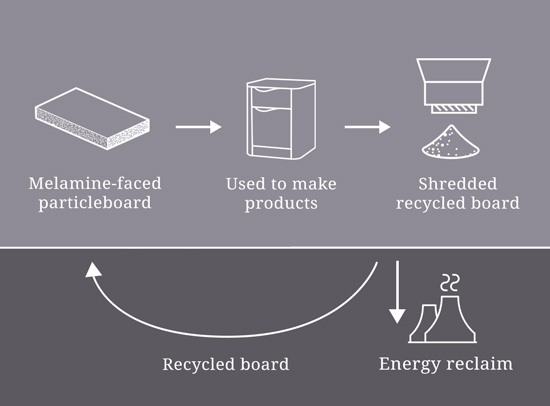
Wood recycling has been instrumental in minimizing our environmental footprint. To ensure responsible disposal, we collect furniture at the end of its lifecycle. In 2023, wood waste comprised 46% of our total waste output.
Our wood waste is collected and chipped down to be turned into new marketable products such as panel boards or biomass fuel.
| Environmental KPI's | 2026 Target | 2030 Target |
|---|---|---|
| Increase the recycling of wood based products | 13% | 25% |
| Increase the recycling of polymer based products | 13% | 25% |
| Increase the use of repairing Pineapple products | 15% | 30% |
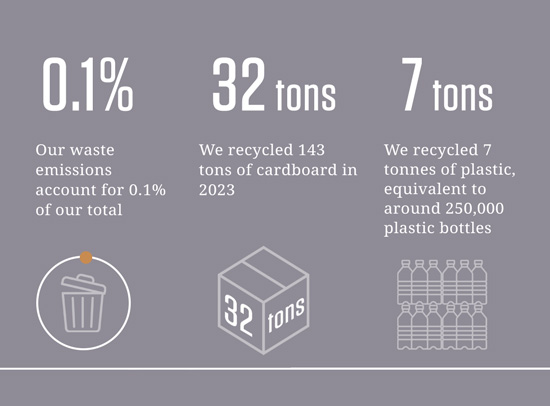
As part of our commitment to environmental responsibility, we are monitoring our packaging usage and carbon footprint. We are consistently exploring avenues in optimizing packaging efficiency to minimize consumption and wastage without compromising functionality.
We are committed to providing sustainable packaging solutions by sourcing recycled content packaging and implementing reusable covers. These efforts reflect our commitment to sustainability and our ongoing pursuit of environmentally conscious practices.

We have stringent policy of reclaiming all packaging we distribute to ensure proper recycling.
Our balers, installed in 2022, play a pivotal role in this process by compacting and preparing all returned packaging for recycling. Since installation, we’ve seen a notable 30% increase in our recycling rates, aligning with our environmental goals and showcasing the tangible results of our waste reduction and sustainability efforts.
| Environmental KPI's | 2026 Target | 2030 Target |
|---|---|---|
| Aim to increase recycled content used in our packaging | +50% | +100% |
| Aim to reduce virgin material used in our packaging | -50% | -100% |
